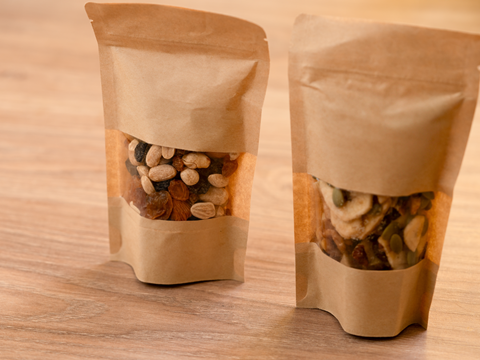
In this edition of our ‘In Conversation With…’ series, Lisa Clark, VP Marketing & Sustainability – Packaging Technologies at Archroma, walks us through the ways chemistry can replace fossil materials while improving a pack’s performance, extending its lifespan, and enhancing its recyclability or compostability.
Firstly, how would you define sustainable chemistry, and how does it apply to the packaging industry?
Sustainable chemistry aims to replace traditional fossil-based materials with biodegradable, compostable or recyclable alternatives. It is the development and application of chemical solutions that enable high-performing, environmentally responsible packaging that minimizes the impact across the entire value chain – from raw materials to end-of-life recyclability.
The role of chemistry in fibre-based packaging production is often underestimated, but without it, there would be no packaging, sustainable or otherwise. Chemistry may make up a small percentage of the total package, but it can deliver more than 90% of the functionality.
Sustainable chemistry is all about the design, manufacture, and use of chemicals in a way that reduces the negative impact on the environment and which, therefore, enables circularity. It underpins everything from raw material selection to end-of-life recyclability, playing a fundamental role throughout the entire lifecycle of a package – from pulp to paper, to package, and back again.
We call it the ‘invisible force behind circular packaging’. At Archroma Packaging Technologies, driving the packaging industry towards a circular model sits at the heart of everything we do.
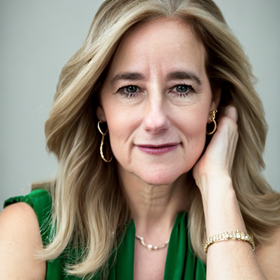
Lisa Clark, VP, Marketing & Sustainability
On that note, can you give us an overview of the contributions that sustainable chemistry can make to the circular economy?
Sustainable chemistry plays a pivotal role in enabling and accelerating the circular economy particularly in industries like packaging.
At its core, circularity aims to eliminate waste and keep materials in use for as long as possible, imitating natural systems where nothing is wasted.
Chemistry underpins this by making materials perform better, last longer, and recycle more efficiently. From the moment raw fibres are pulped to the point they are reprocessed after consumer use, sustainable chemistry is active at every stage of the value chain. It strengthens recycled fibres, enhances barrier properties without using harmful substances like PFAS, and ensures adhesives and coatings are both effective and environmentally responsible.
One of chemistry’s standout contributions is the development of PFAS-free, water-based barriers and adhesives that can replace plastic films in packaging. These innovations maintain the necessary protection for food and other sensitive products, while allowing the materials to be recycled or composted — essential for circular packaging.
Beyond technical performance, chemistry also solves logistical challenges. For example, fibre and water quality varies across regions; localized, tailored chemical formulations allow manufacturers worldwide to achieve consistent packaging quality while using locally sourced materials. This is critical for scaling circular solutions globally and reducing overall carbon footprint impact across the value chain.
What implications does sustainable chemistry have for the functionality and performance of a pack?
Chemistry fundamentally influences the functionality and performance of packaging, and we help to ensure that environmental responsibility doesn’t come at the expense of efficacy.
More sustainable chemistry not only preserves but often enhances the performance of packaging – delivering durability, protection, aesthetic quality and regulatory compliance while enabling recyclability and reducing environmental impact.
From a functional perspective, chemistry provides critical properties such as moisture, oil and grease resistance, which are essential for food and consumer goods packaging. Take our water-based, PFAS-free barrier coatings like Cartaseal®, for example; they ensure the integrity of packaging in conditions where they’ve been exposed to elements such as water, moisture, oil and grease, while also ensuring the packaging remains recyclable and compostable.
Through functional chemistries like fibre replenishers, crosslinkers and charge modifiers, sustainable chemistry can also restore and even enhance fibre strength, allowing recycled fibres to perform more like virgin fibres through multiple recycling loops. This significantly extends material lifecycle and improves structural integrity.
What about safety concerns? Is this solution suitable for food-grade packaging or reusable solutions?
Our chemistries are not only suitable for food-grade packaging solutions; they are specifically designed to meet the highest safety standards. At Archroma Packaging Technologies, we ensure rigorous compliance with food and safety regulations.
Product stewardship is paramount to us and we have an entire team proactively engaging at the front end of our innovation efforts to ensure we are developing safe and responsible products.
Our range of products including barrier coatings, adhesives, colourants, and process chemicals meet strict safety standards for food contact, and many of our solutions are compliant with global and local regulations including the FDA (USA), BfR (Germany), MERCOSUR (South America), as well as eco-labels such as the Nordic Swan, EU Flower, and Blue Angel.
In addition, our colourants and coatings are free from heavy metals and harsh solvents which are typically restricted or banned in food-contact applications.
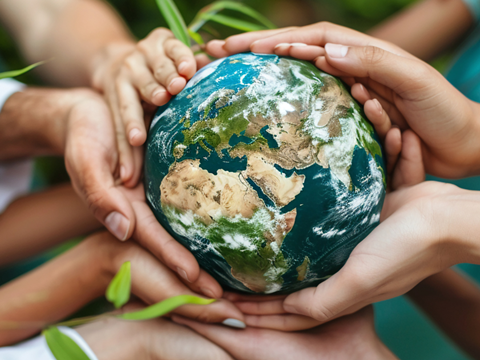
And what impact does it have on costs? Is sustainable chemistry accessible for SMEs and start-ups?
Initially the transition to more sustainable chemistry can seem quite daunting; however, the long-term savings and strategic advantages can make sustainable and water-based chemistries accessible for SMEs and start-ups. For example, chemistry can enhance fibre strength, durability and recyclability, which enables greater use of recycled content and reduces the dependency on virgin fibres, which are typically more expensive. This, in turn, extends the lifecycle of packaging materials and lowers waste generation.
Investing in compliant PFAS- and VOC-free chemistries now will help SMEs avoid future costs associated with potential regulatory risks or product reformulations. We also know that consumers today are increasingly affiliating themselves with sustainable and eco-friendly brands, so SMEs can immediately demonstrate their alignment with consumer values, which is likely going to have a positive impact on overall brand perception.
All of this is paving the way for SMEs and start-ups to operate in a competitive and sustainability-driven market.
Where is sustainable chemistry going next, and are there any challenges we need to overcome?
As with any industry, there will always be challenges to overcome. For sustainable chemistry, cost and scalability can sometimes be barriers to adoption. However, with greater collaboration through the supply chain to align goals, pool R&D resources and scale innovations more efficiently, we hope that this will ease such pressures.
Working towards this goal, Archroma Packaging Technologies is part of initiatives such as the Sustainable and Alternative Fibers Initiative (SAFI) which is focused on ‘researching, developing and utilizing alternative fibres to manufacture a myriad of sustainable products’. By joining initiatives like SAFI, we are working with other global entities to drive innovation and progress.
Regulatory uncertainty is also a challenge globally. Regulations like the EU’s PPWR or Single Use Plastics Directive are evolving constantly, creating a moving target for R&D teams, meaning that companies must stay agile and future-looking. Similarly, the recycling infrastructure is inconsistent around the world – if a package is recyclable or compostable in one market, it may not be processed correctly in another – so more collaboration and alignment across countries is absolutely needed.
With this in mind, Archroma Packaging Technologies is actively engaged in the 4Evergreen Alliance and Sustainable Packaging Coalition, whose various collaboratives bring the entire value chain together to solve these challenges.
Bottom line, collective effort is essential to drive this forward. It isn’t just commendable action; it is crucial to develop high-performing packaging that safeguards our planet for future generations.
There is no doubt that we will continue to see more bio-based breakthroughs, with new material innovations creating packaging with near-zero carbon footprints. In fact, we are working on some exciting developments, which we hope to share information on towards the end of the year.
Click here to learn more about Archroma Packaging Technologies’ sustainability-minded solutions.

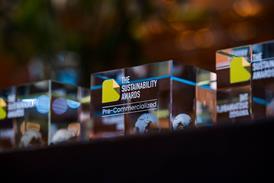

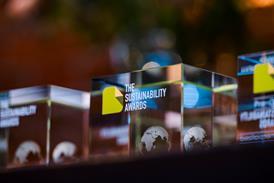
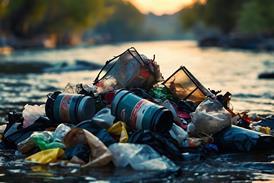
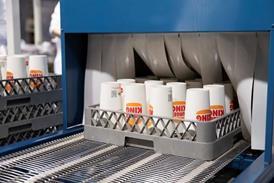






No comments yet